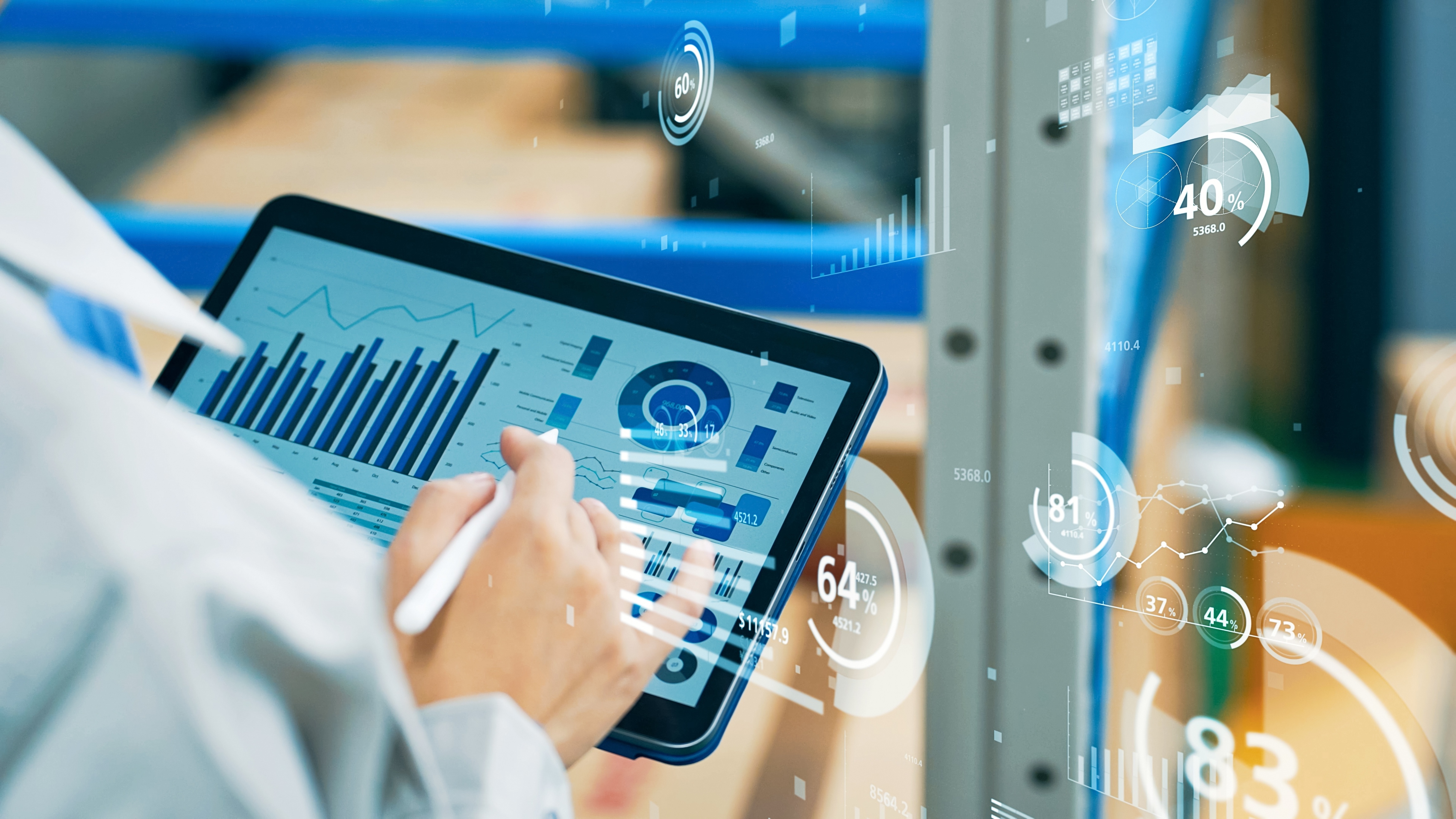Total Cost of Ownership
The cost of assets can greatly influence buying decisions, quality, uptime, and profits in any manufacturing organization. Understanding the true cost of an asset helps manufacturers make better decisions and improve operational efficiencies. Total cost of ownership (TCO) is an effective analysis tool that manufacturers can utilize to drive their asset investment strategy, operations planning including maintenance and calibration, asset lifecycle management, compliance programs, and capital needs planning.
What is Total Cost of Ownership?
There are multiple accounting methods manufacturers have utilized to estimate the cost of an asset, piece of equipment or tool. One of the more effective methods is TCO, which enables manufacturers to consider all of the indirect and direct costs of an asset throughout its lifecycle — the purchase price and costs related to operations, downtime and maintenance. TCO uncovers hidden costs that are not normally apparent at the time of purchase, making it an effective strategy to help manufacturers manage their capital expenditures.
How to Calculate Total Cost of Ownership
Purchase Price
In addition to the initial investment for the asset, manufacturers need to consider if a warranty was included. If not, was one purchased separately? Other key factors to consider include any implementation costs and how the asset’s value will depreciate over time.
Each asset has its own unique set of costs. Asset costs are influenced by many variables. Manufacturers should treat the TCO for each asset differently and consider all factors when calculating TCO.
Here are some of the most common factors that manufacturers need to consider when calculating total cost of ownership of an asset.
Factors to Consider
Preventive Maintenance
Proper maintenance of equipment is essential for its performance and longevity. Preventive maintenance typically saves capital in the long term. Implementing an effective preventive maintenance program is complicated, and involves many moving pieces that need to be automated, managed and coordinated. CERDAAC software, a regulated operations excellence platform, can automate and streamline all of your maintenance management processes, including scheduling, notifications of upcoming and overdue services, documentation, electronic maintenance forms, digital signatures, reporting, and more.
Repair vs. Replace
Equipment routinely breaks down. Deciding to repair or replace an asset significantly affects the asset’s total cost of ownership. Replacing an asset that can be repaired can be unnecessarily expensive. Repairing an asset reduces overall lifecycle costs by extending an asset’s life and eliminating the need for new procedures and training. Manufacturers free up capital when they decide to repair equipment; that capital can be utilized on other projects instead. As an asset ages, however, the scale will eventually tip in favor of replacement over repair.
Shipping and Handling
People are used to free shipping from companies like Amazon. Manufacturers usually don’t have that same luxury. When evaluating a potential asset purchase, shipping and handling costs must be considered. During transportation, equipment could be damaged, which may reduce the asset’s accuracy, performance, and life span. If an asset is moved to another facility, TCO will increase. Manufacturers should carefully plan equipment shipments to minimize damage. It may make sense to invest in custom travel cases for sensitive equipment.
Asset Visibility
Manufacturers often lose track of their equipment, tools and other assets. Managers and employees may be the only people with knowledge of certain assets, and equipment could be sitting in warehouses unutilized and increasing storage and insurance costs. Fortunately, CERDAAC software can help manufacturers keep track of each asset’s location, ownership, service status and availability. Manufacturers can then reduce TCO by repurposing underutilized equipment.
Comparing Model Service Histories
All manufacturing equipment is not created equal. The quality of equipment impacts TCO so manufacturers need to identify the best-performing, longest lasting products. Incorporating historical data about assets, such as use levels, past repairs, tolerance issues and overall lifespan helps make this type of cost assessment accurate.
Calibration / Metrology
Consistent, accurate calibration prevents costly quality problems downstream. It’s also a critical compliance function, requiring thorough documentation. The frequency of the equipment’s calibration and its cost should be incorporated into TCO. Equipment that is out of calibration compliance can affect uptime, driving up production costs. While these added costs aren’t typically included in TCO, they do certainly hurt the bottom line. CERDAAC software enables manufacturers to automate, coordinate and manage calibration, verification and validation. Thoughtful automation is key to ensuring that assets are calibrated on time, with the correct procedures, and with full documentation and traceability. Calibration automation also drives program excellence by identifying and escalating non-conformances, tracking key performance metrics, and highlighting areas for improvement.
Importance of Total Cost of Ownership
Total cost of ownership helps manufacturers identify cost drivers. Instead of only considering the purchase price, manufacturers take every cost of equipment, tools and assets into account. This information is vital to the long-term viability of any organization. If the total cost of ownership is incorrectly calculated, manufacturers may make poor purchasing decisions and drive up capital and operating expenditures.
There are also multiple intangible benefits of quantifying TCO. Teams enjoy improved collaboration, communication and standardization due to TCO involving multiple departments working together to develop a comprehensive analysis. Having a connected regulated operations excellence platform such as CERDAAC enables Teams across sites and the business to utilize a single source of data in calculating TCO.
Example of Total Cost of Ownership
Going through an example of how to calculate total cost of ownership showcases how different the purchase price is from the total cost of ownership.
A pharmaceutical manufacturer decided to purchase a custom industrial weighing system for a new batching process. They utilized TCO to evaluate the potential purchase.
The purchase price of the industrial weighing system was $50,000. Shipping and handling costs were $1,500. Expected maintenance costs were $250 per quarter. The calibration of the industrial weighing sytem also must be considered, which was $1,000 per quarter. The industrial weighing sytem would likely need to be repaired three times over five years. The cost of repair was $2,000 each time. After five years, the estimated resale value of the industrial weighing sytem was $5,000. We can then use this formula to calculate TCO:
TCO = P+M+C+R-V
Where:
TCO = Total Cost of Ownership
P = Purchase Price
M = Maintenance Costs
C = Calibration Costs
R = Repair Costs
V = Resale Value
TCO = 50,000 + 1,500 + (250×20) + (1,000×20) + (2,000×3) – 5,000
=$77,500

